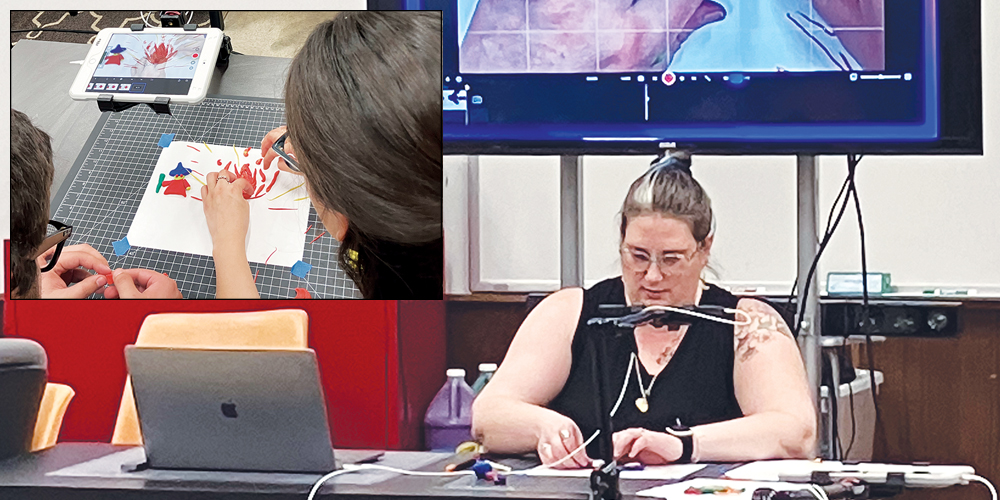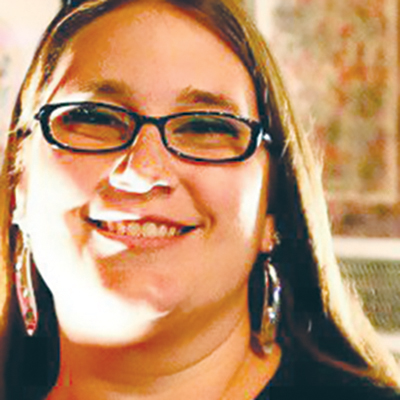Current Trends in Claymation with Sandee Chamberlain

Claymation /
Claymation is a primordial animation technique closely associated with the development of this time-based moving image form since the turn of the 20th century.
[ ... ]
This technique was made possible by the invention of plasticine by William Harbutt in 1897. This putty-like modelling material stayed malleable longer than clay and any other predecessor, which made it ideal as an art sculpting material and for didactic activities. It is still immensely popular as an early childhood plaything that engages all the senses and helps develop fine motor skills.
Walter R. Booth's Animated Putty (1911) was among a bevy of early films that featured clay molding itself into different shapes. In the US, the early success of drawn cel animation limited the demand for cartoons produced with this technique until Art Clokey's creation, Gumby, became a well-liked TV children's series in the late 1950s. Claymation remained popular in Europe and other parts of the world. Today, British studio Aardam is the unquestionable leader in using this technique as some of its most famous characters, Wallace and Gromit, Shaun the Sheep, and Morph are made of plasticine.
 About the Artist: Sandee M. Chamberlain obtained her BFA in Entertainment Arts with a concentration in animation at California State University, Fullerton. She has worked professionally as an animator, storyboard artist, illustrator, and in technical direction. She attended Savannah College of Art and Design for her Master's studies in Animation (MA) and Illustration (MFA). She has been teaching at the college level for almost two decades and continues to be curious about the future of entertainment arts while keeping current with technological advances in this field of study. Sandee is currently an Assistant Professor of Animation & Illustration at Kennesaw State University in the School of Art and Design, her work has been shown in national and international galleries as well as film festivals.
About the Artist: Sandee M. Chamberlain obtained her BFA in Entertainment Arts with a concentration in animation at California State University, Fullerton. She has worked professionally as an animator, storyboard artist, illustrator, and in technical direction. She attended Savannah College of Art and Design for her Master's studies in Animation (MA) and Illustration (MFA). She has been teaching at the college level for almost two decades and continues to be curious about the future of entertainment arts while keeping current with technological advances in this field of study. Sandee is currently an Assistant Professor of Animation & Illustration at Kennesaw State University in the School of Art and Design, her work has been shown in national and international galleries as well as film festivals.
This program was supported by the Ryla T. ∧ John F. Lott Endowment for Excellence in the Visual Arts, administered through the TTU School of Art, and the Art History Area, School of Art, TTU.
